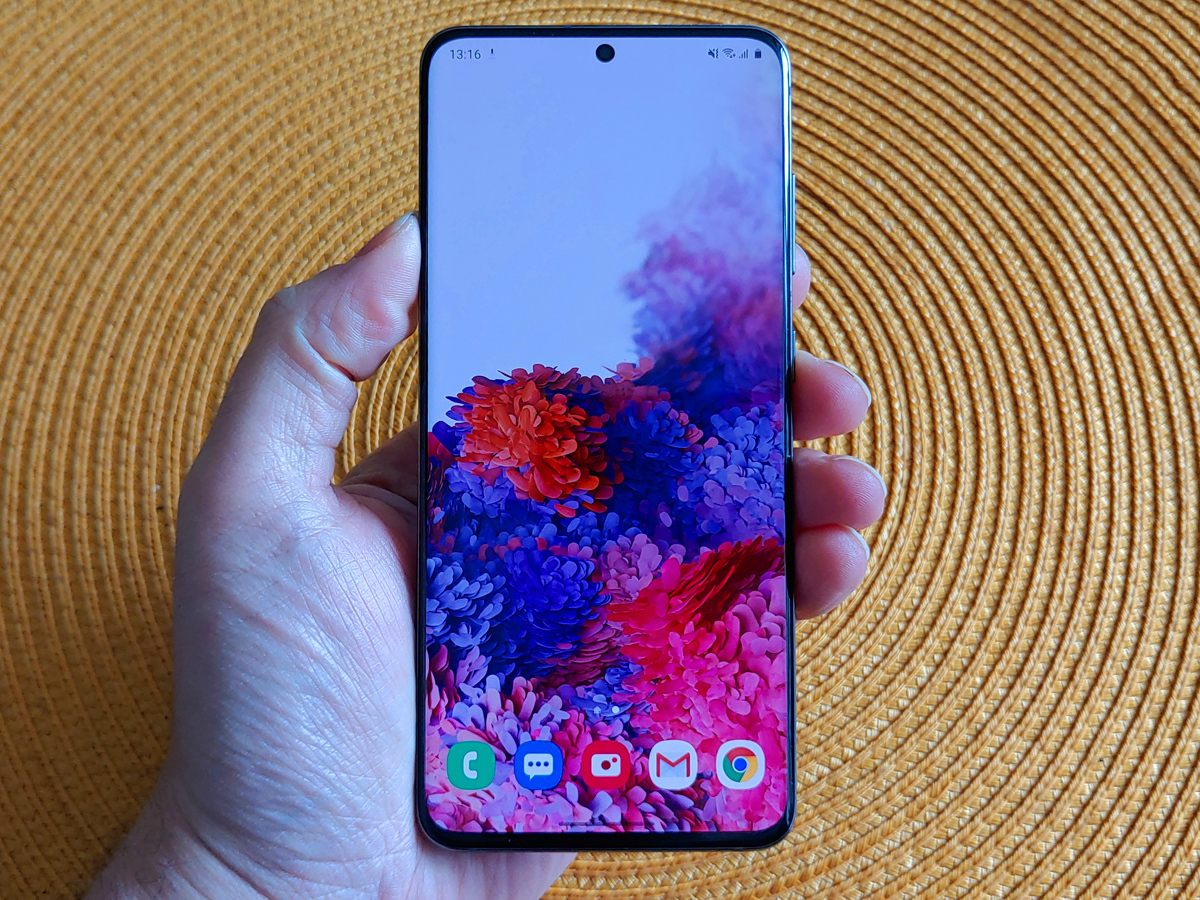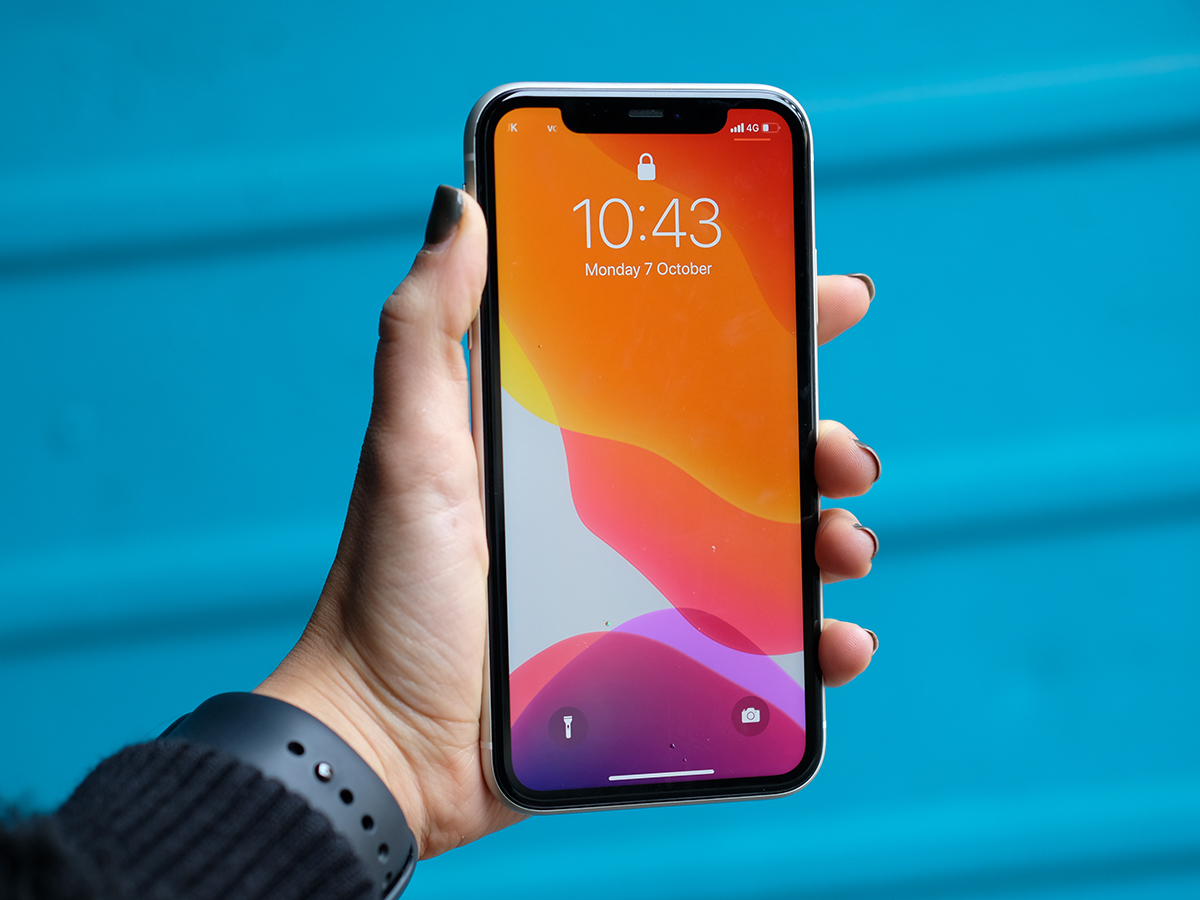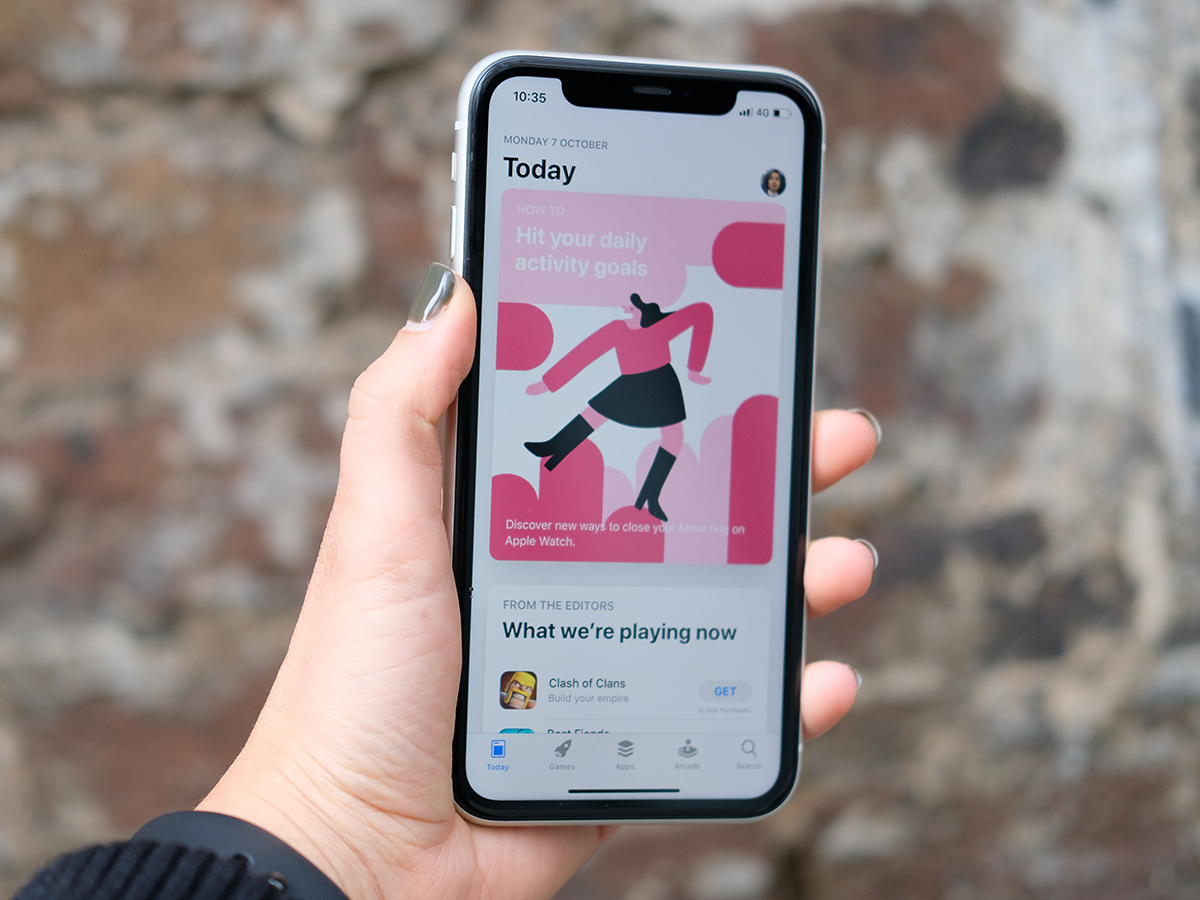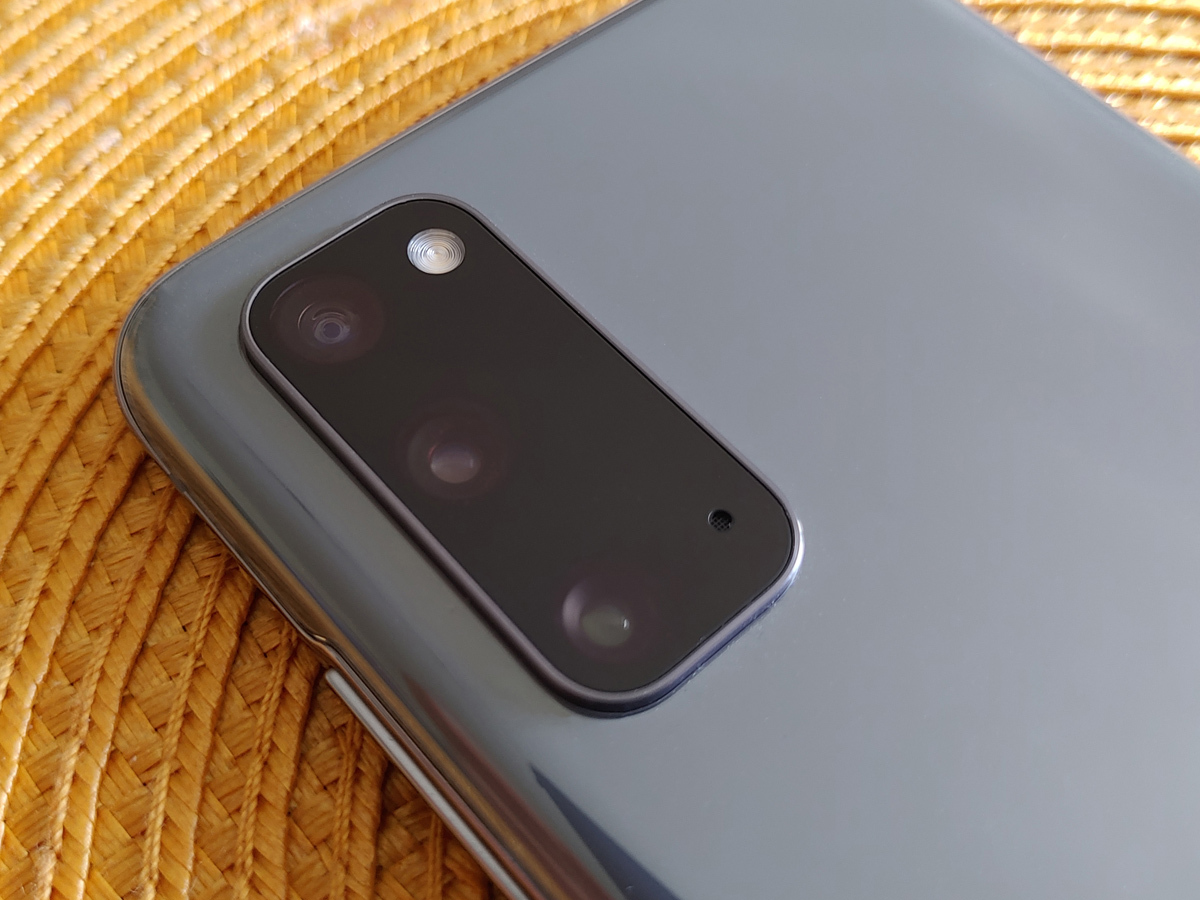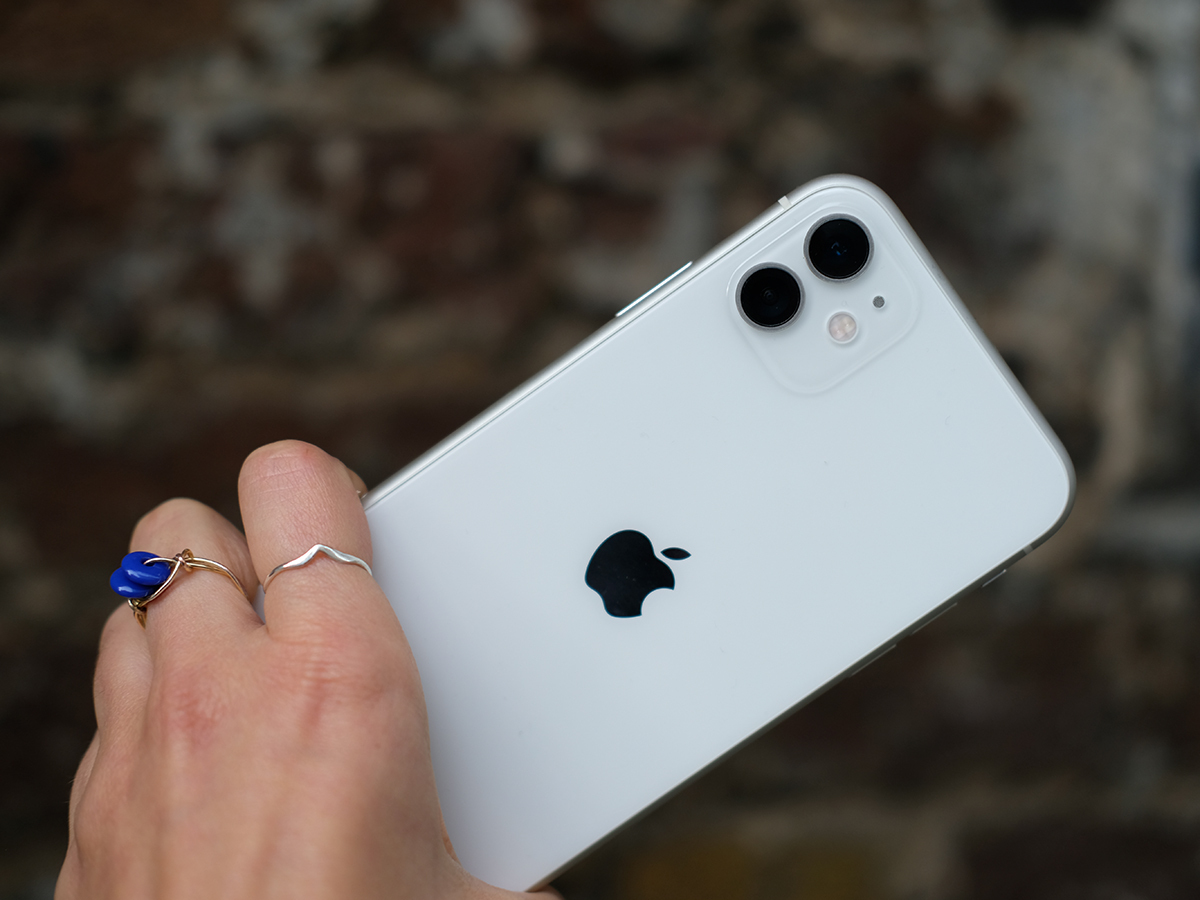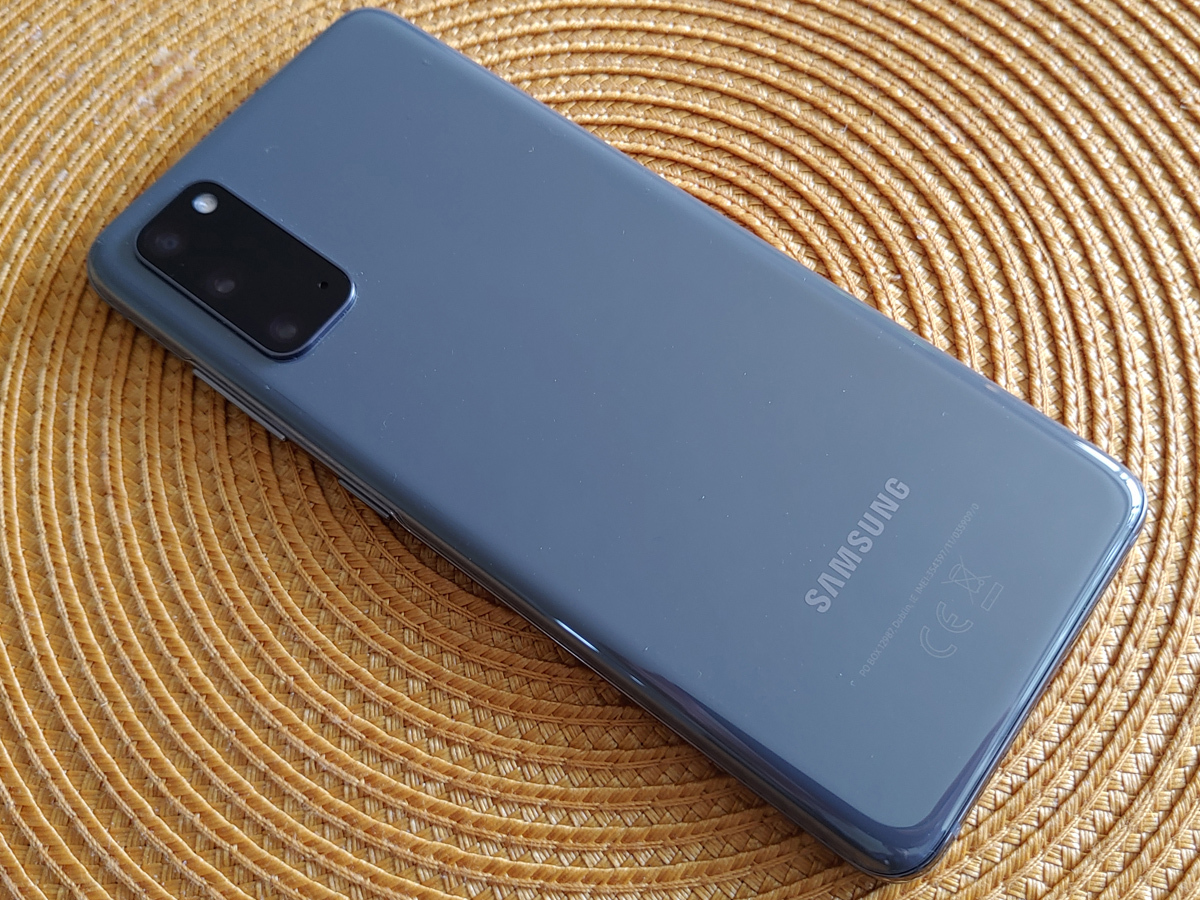Samsung Galaxy S20 vs Apple iPhone 11: Which is best?
Can Samsung's latest Galaxy top our current favourite handset?

Apple’s entry-level iPhone 11 is our pick for the best phone in the world right now, offering a top-class flagship phone experience at a more palatable price than the Pro models.
But can Samsung retake the throne with its newly-released Galaxy S20? It’s a stunner at a glance, of course, plus it offers some notable spec bumps and added features over the iPhone 11.
If you’re eyeing a new handset this spring, which one should you splash out for? Here’s what we think, now that we’ve reviewed the Galaxy S20 5G.
Design: Curves and flash
Apple’s iPhone 11 delivers a familiar-looking design, riffing off of the iconic iPhone X for the third year running. It’s a great look, though: aside from the chunky notch at the top, the all-screen approach is immersive and ultra-minimal. The glass on the back is pretty plain, with aluminium for the frame (unlike stainless steel on the Pro models).
Samsung’s approach this time around is to further refine its beautiful Galaxy S10 approach from last year, moving the punch-hole camera cutout to the top center of the screen and trimming down the bezel a bit more. It’s aluminium for the frame, while the back camera module is a large vertical rectangle in the upper left corner.
The Galaxy S20 is certainly curvier than the iPhone 11 and arguably packs a bit more of a visual punch, but you’ll have to decide whether you prefer a notch or a hole in the screen.
Verdict: Draw
Screen: A huge disparity
There’s a rather wide difference in screen quality here. Apple has opted for a sub-1080p panel on the iPhone 11, with the 6.1in 1792×828 LCD display feeling a bit behind the times. It’s not a bad-looking screen at a glance, as it’s bright and colourful, but the lacking sharpness may disappoint.
On the other hand, the Galaxy S20’s 6.2in screen goes very high-res at 3200×1440 with its Dynamic AMOLED 2X display. And on top of that, it’s has a 120Hz refresh rate for super-smooth animations and transitions – although you can only opt for 120Hz at 1080p resolution, which is a bummer. Still, it’s one of the absolute best screens around, and a no-doubt winner in this showdown.
Verdict: Samsung Galaxy S20
Also Read › The best Samsung Galaxy S20 deals
Camera: 3v2
While you miss out on the telephoto camera of the iPhone 11 Pro and Pro Max, the iPhone 11’s duo of 12-megapixel wide-angle and ultra-wide cameras is still pretty excellent. Snaps are crisp, balanced, and feature natural colours, plus the night mode is brilliant.
The Galaxy S20’s setup is plenty excellent, as well, with a trio of back cameras: 12MP wide-angle and ultra-wide cameras, as well as a 64MP telephoto camera. It produces mostly stellar results, although the processing can be a bit strong and the night mode falls just short of what the iPhone 11 has on offer.
Note that the iPhone 11 has Apple’s sharp Face ID tech on the front for pretty seamless facial security, not to mention goofy animated emoji tricks. Samsung’s front-facing camera is a plain 2D one, which you can use for facial unlocking but it’s not nearly as secure.
Verdict: Apple iPhone 11
Performance: Who wins?
Apple’s own A13 Bionic chip is the fastest processor in a smartphone today, continuing the trend of recent years. Samsung’s Exynos 990 chip in Europe and Qualcomm Snapdragon 865 chip in the States and elsewhere are both speedy – but as a benchmark showdown demonstrates, the Exynos 990 can’t top the A13 Bionic in terms of raw specs.
Regardless, the Galaxy S20 feels like a top-end super-phone, just like the iPhone 11. You needn’t worry about performance issues with either of these phones.
Verdict: Apple iPhone 11
Battery and perks: Samsung’s advantage
The 3,110mAh battery pack of the iPhone 11 is certainly smaller than the 4,000mAh cell in the Galaxy S20, but if you’re running the GS20 at 120Hz, then you’re likely to see similar uptime between them. Stick to the 60Hz setting, even at the QHD+ resolution, and the Galaxy S20 has stronger legs.
Both phones offer wireless charging, but Samsung offers the added perk of reverse wireless charging, which lets you top up another wirelessly-chargeable phone on the back – like an iPhone 11, for example!
Apple definitely skimps on storage, unfortunately, with the base model only packing 64GB within. You can pay extra for 128GB or 256GB configurations, but that’s the top end. Meanwhile, the Galaxy S20 ships with 128GB standard, but you can pop in a microSD card up to 1TB to add onto that tally. That’s a potentially enormous sum.
And while the iPhone 11 skips out on a fingerprint sensor in favour of Face ID security, the Galaxy S20 has an ultrasonic fingerprint sensor right in the screen. It’s solid, but not as fast as the optical sensors seen in some other Android handsets. Also, the Galaxy S20 offers 5G support with a pricier £899 edition, while no iPhone currently delivers 5G speeds.
Verdict: Samsung Galaxy S20
Verdict: It’s a close one
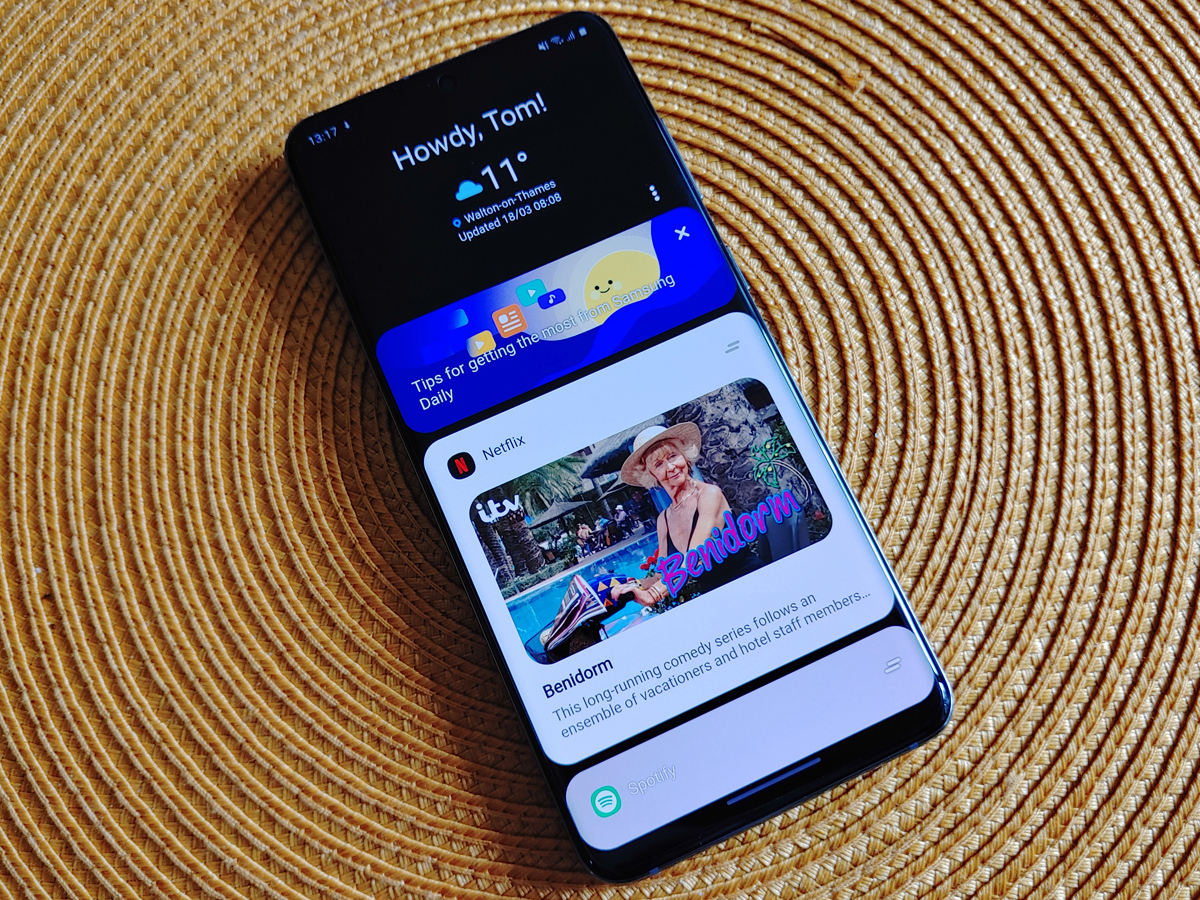
We love the polish and simplicity of the iPhone 11 experience, and while hardly cheap at £729, you’ll save a fair amount compared to the other current iPhone models. It feels like a reasonable price to pay for what still is a top-end phone.
Samsung’s advantage often comes from perks, and we think that’s what put its over the edge here. From screen quality – whether QHD+ resolution or 120Hz – to better storage and strong battery life, you really feel like you’re getting a feature-rich device at £799. And the 5G model sells for £899, if you can get the reception to warrant it.
Both of these phones are excellent, but the Samsung Galaxy S20 gives you the more premium-feeling overall experience. If you’re not an Apple aficionado, we’d say it has the slightest of edges today.
Winner: Samsung Galaxy S20
